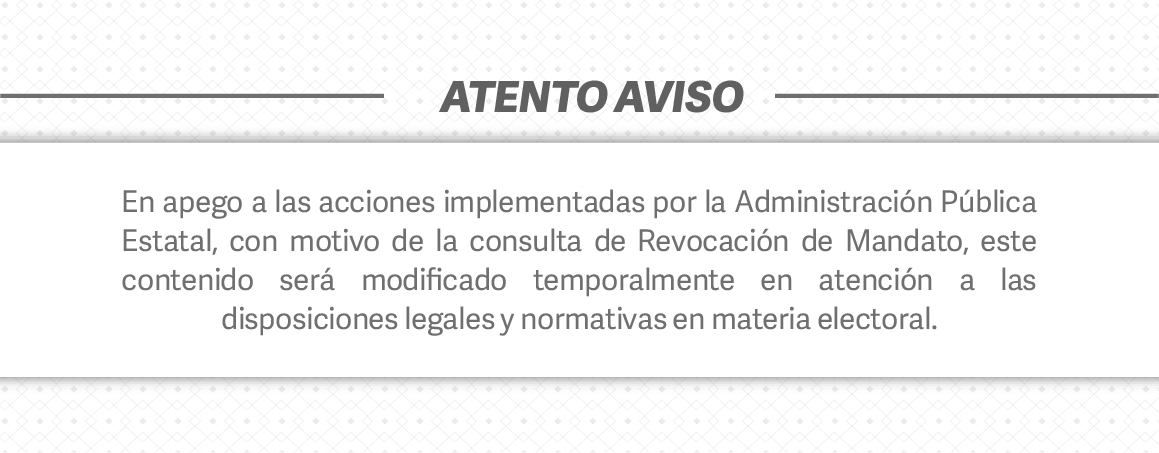

The dynamism of the Puebla economy during 2019 is comparable to that of OECD member countries and medium-sized countries in Europe and Latin America.


The GDP generated by the State, places Puebla as the 8th State with highest contribution to the national GDP among neighboring states.
In the last 10 years, the average growth of the economy was of 3.3%, higher than the national average of 2.6% in the same period.
Puebla's economic growth is higher than the average growth of the OECD countries.

By promoting its macroeconomic qualities and its progress in infrastructure, Puebla has become a very attractive location for foreign investment with more than 10 billion dollars received in the last ten years.
In Puebla, the average unemployment rate in the first 3 quarters of 2021 was 3.9%, lower than the national average of 4.3% in the same period..
Despite external economic adversities, necessary conditions have been created to allocate the largest number of Puebla citizens in stable and well-paid jobs.




The trade surplus shows the economic dynamism in the exchange of goods and services abroad.











Puebla ranks among the first five entities in the country with the lowest median age of its inhabitants.
During the last years, Puebla presents a change in the structure by age, this phenomenon is produced by the increase of the population volume in productive ages.





Source: America Economy Intelligence, 2020.

Source: ANUIES. 2020-2021

Source: Censo de Población y Vivienda 2020, INEGI
A Road Surveillance Program has been implemented in the Sate, consisting in the application of state-of-the-art technology and radars to detect speeding vehicles; providing greater security to the population.


Puebla is a state characterized by a professional, efficient and honest pólice, warrantors of legality and human rights; capable of dealing effectively with crime and fostering a climate of tranquility.

The Puebla Police Training and Development Academy called "General Ignacio Zaragoza" is unique in its capacity to train, update, specialize and professionalize the personnel of public security institutions of the three levels of government in the country.

In addition, since 2016, the State of Puebla has the Metropolitan Public Security Complex which reinforces security in the State's road accesses and exits, through 6 strategic facilities known as security arches.

One of the main objectives of the State Government has been the prevention of crimes such as road theft, vehicles and hydrocarbons; For this purpose, security arcs were placed in strategic points, equipped with devices called Mobile Vacis connected to computer systems that allow scanning cars with X-ray in 15 seconds, identifying any irregularities inside the unit.


To train, form, update, specialize and professionalize the personnel of Public Security Institutions. Professionalize and train public servants who contribute to the instances involving the National Public Safety System, also design and execute study plans and programs based on the guidelines of the National Public Security System.













Highway to Tepeaca 150 CP 74690, Tepexi de Rodríguez, Puebla.
(222) 235 14 78
On Monday to Sundays from 9 to 18 hrs.
Free entry.

It is in the municipality of Tlacotepec of Benito Juarez to 56 miles from the city of Puebla and to 25 miles from the city of Tehuacan.
Free entry.

Carr. Tepeyahualco-Xonacatlan, miles 5. CP 73990, Tepeyahualco, Puebla.
(276) 596 53 07
On Monday to Sundays from 9 to 18 hrs.
Admission $55.

Carr. Federal Mexico Puebla, miles 9 CP 74120, St Martin Texmelucan, Puebla.
(276) 596 53 07.
On Monday to Sundays from 9 to 18 hrs.
Free entry.

The site is located in the town of Yohualichan, Puebla, 102.5 miles from the state capital, following the Puebla-Xalapa Superhighway, there is a diversion to the Eastern Basin and the Sierra Norte de Puebla, heading to Cuetzalan del Progreso.
(222) 235 14 78
On Monday to Sundays from 9 to 17 hrs.
Admission $ 40 Mexican pesos.

The box office and the access to the tunnels are located on the south margin of the Av. them reside, while the Museum of Place is located on the North street 8.
(222) 235 14 78
On Monday to Sundays from 9 to 18 hrs.
Admission $ 70 Mexican pesos.

It is located in the Auxiliary Meeting of San Diego Chalma, leaves of the center of the city and East follows to the east for the Agreed Independence, to 4 miles of the center of the city of Tehuacan.
On Monday to Sundays from 9 to 18 hrs.
Free entry.




During the last years, Puebla presents a change in the structure by age, this phenomenon is produced by the increase of the population volume in productive ages.




Forests of conifers, oaks and different types predominate, bushes in the north, south and southeast of the state, as well as pastures, mountain forests and temperate forests in the central portion. In the high grounds of volcanoes is located the high mountain meadow.
